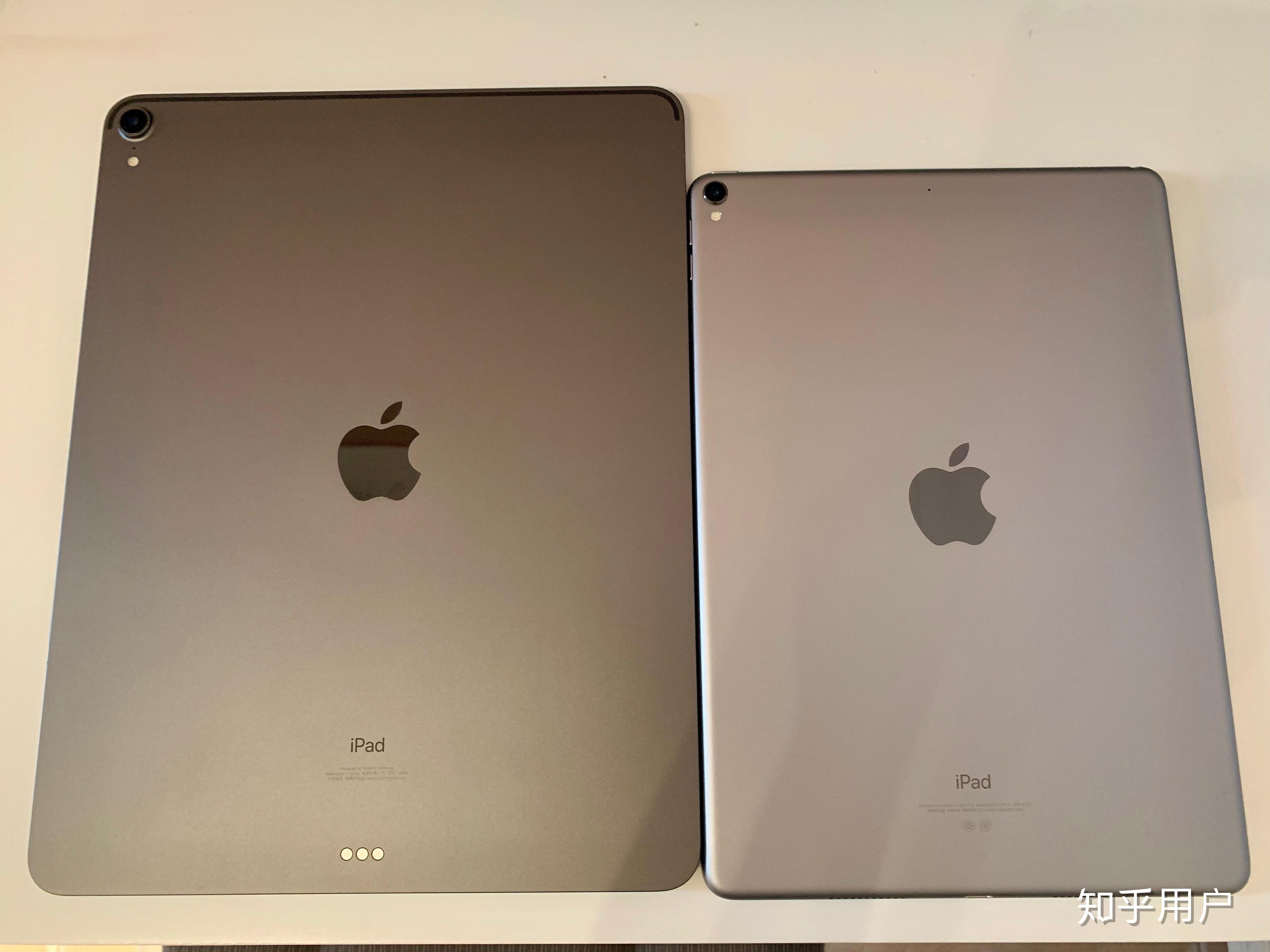
The user can control the output trim too, as any compensating boost will eat away at your headroom, as well as latency. These can be used for adjusting correction ranges (for example, low end only), tilting curves via the 6-band EQ, and defining the accuracy/smoothing per octave. There are preset profiles, four custom and one flat, that you can flip between as necessary. The saved profiles appear in the plug-in and can be fine-tuned via a selection of well-curated tools. Once this slightly boring process is over, you have to complete a simple name and save of the measurement profile and you’re onto the correction stage. The mic is then moved to 20 other spots for measurements, all dictated clearly by the app. This involves setting up the mic in the listening spot – where your head usually is – with measurements taken from sine-wave sweeps played through the monitors one at a time. The calibration app walks us through the setup and measurement effortlessly in about 20 minutes.

IK Multimedia also supplies its own MEMS measurement microphone for an extra £25 or so, though any measurement mic can be used, as its calibration file can be easily loaded into the process.
/ipad-pro-apps-a856693e51714b9fa062b888d6de7d30.jpg)
Solution 1: IK Multimedia: ARC System 3ĪRC System 3 includes a plug-in (AU, VST2/3, AAX) and a standalone calibration app.
#Fuzzmeasure pro on ipad software#
The monitors are set up above the meterbridge of a mid-size mixing desk, a 1970s Midas PR, which adds some low-mid acoustic wrinkles for the software to deal with. It’s a space we’ve used for more than six years, and are well accustomed to its acoustic quirks. The room is 30 cubic metres – small to medium by modern standards (they’re all shrinking!).
#Fuzzmeasure pro on ipad professional#
The tests are made in a professional control room with bass trapping/resonant absorbers and wideband absorbers built into the walls, and quadratic diffusers behind the monitors. The monitors are fed with a Lavry DA10 converter via a Mackie Big Knob for volume control. The measurement mics are recorded through a Focusrite ISA828, the most transparent preamp in our studio, and the AD conversion comes via an Antelope Audio Orion 32 interface.

The iPad app NeumannControl controls the monitors’ DSP features but we don’t use that for our tests. The group test is carried out with a pair of Neumann KH 80 DSP 2-way active nearfield monitors. The XREF mic is supplied with a serial-number-specific calibration file that can be downloaded for use in other products, in this case TRACT and Dirac Live. We test ARC 3 with the MEMS measurement microphone it’s supplied with, while the others were set up using Sonarworks’ XREF 20 microphone. We’re using four room-correction software products as part of our group test: IK Multimedia ARC System 3, Sonarworks Reference 4 Studio Edition, Dirac Live and Waves TRACT. The resulting map or profile can be used to create compensatory EQ curves and phase shifts.

Room-correction software can take measurements from various points in a room and assess how the amplitude and phase shift of discrete frequency bands compare before and after exiting a monitor system. To achieve linear phase (time alignment at all frequencies), they add overall delay, within which the individual delays of discrete frequency bands can be adjusted.


 0 kommentar(er)
0 kommentar(er)
